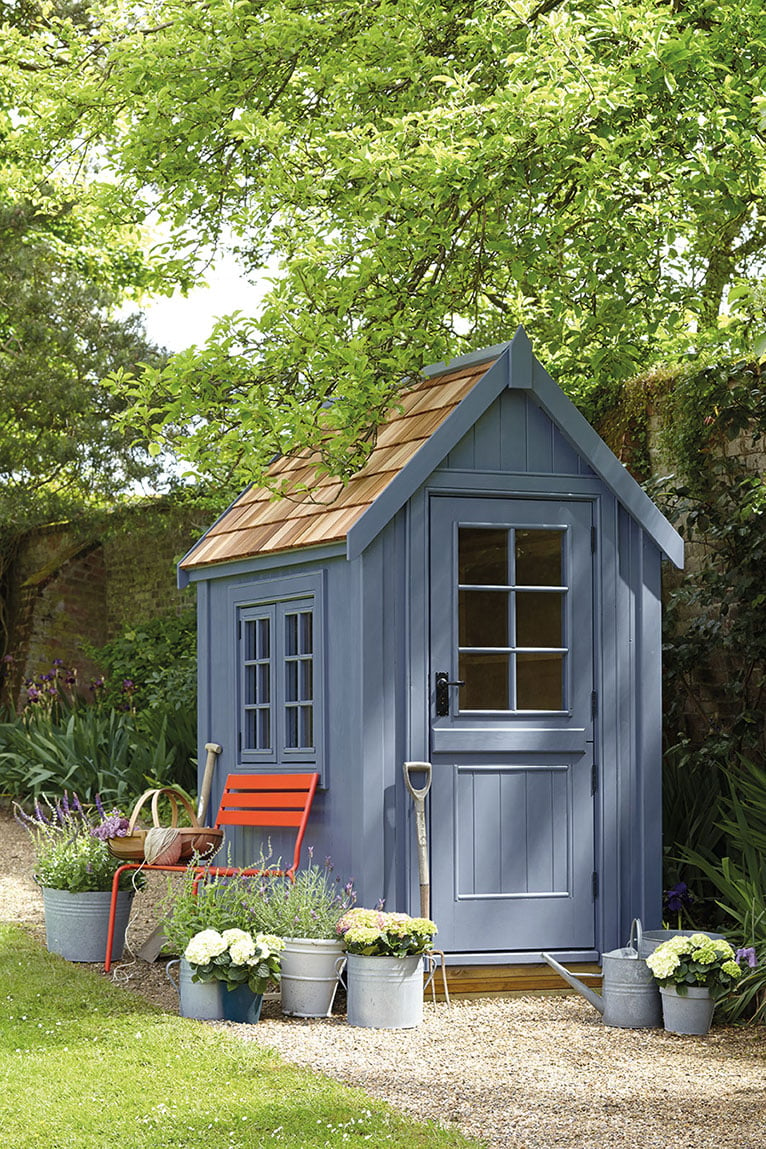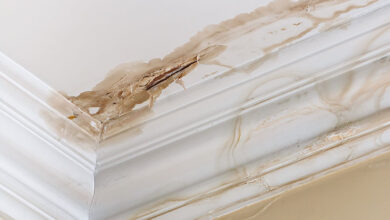What to check in your home after a storm
No matter what the latest storm is called, one thing is certain – how much destruction it can leave behind, especially to your home. Even worse, you might not be aware of damage until you discover a wet patch on your ceiling or shards of glass strewn across your garden. That’s why a post-storm check is invaluable, allowing you to nip any potential problems in the bud before they turn into bigger issues. Here’s some of the most common things to look for…
Missing and loose roof tiles

It’s easy to take a watertight roof for granted until it fails, so it’s the first area you should inspect after a storm. If you do find any missing tiles, take clear photos cataloguing the damage and make some notes about what work needs to be done as your insurer will ask for these if you’re making a claim. Similarly, check for any loose tiles after a storm so these can be repaired before the next one hits.
Next, call your insurer’s helpline and/or find a reliable roofer as soon as possible – you’re responsible for minimising any further damage after a storm, or your insurer may consider you liable. Even if it’s only one or two missing roof tiles and a small job, it’s worth getting it repaired quickly. Any water ingress into your home can cause problems, from rotting roof timbers to leaving adjoining tiles more open to the elements and damage.
Read more: common roof problems and how to deal with them
Broken glass
Flying debris can mean broken windows or panes of glass within sheds, cold frames and greenhouses in the garden. Just like roofs, it’s best to minimise the impact of a broken window as soon as possible by getting it repaired or replaced by a glazer after speaking to your insurer. If it’s the same window that always seems to be damaged in a storm, it might be worth fitting shutters so the glass can be protected in future.
Replacing glass in the garden is necessary for protecting the contents of a shed and you can usually do it yourself if you’re confident you know what you’re doing and have the right protective gear. If not, a glazer will come equipped with the skills and tools to help you remove remaining glass and refit a new pane. You’ll want to remove any remaining shards in the frame while wearing safety goggles and heavy-duty gloves, recycle the glass, and fit a new pane that’s been made to the right size. Alternatively, you could replace the broken glass with shatterproof clear acrylic, which can be easier to fit.

Image source: The Posh Shed Company
Garden damage
A storm can play havoc in a garden, so it’s a good idea to check that unstored items are where you left them, such as garden furniture, patio heaters, bird tables and plant pots. Severe weather ignores boundaries, so it’s also possible that wheelie bins, plants or ladders may end up in someone else’s garden. As well as moveable items, be sure to check your outbuildings, such as sheds or garages, for any signs of damage. Make sure that the roof is still in place, windows aren’t cracked, and the guttering is still securely fixed as any leaks can allow the contents inside to rot or deteriorate.
Stormy weather can also bring down branches and uproot trees – if they’ve damaged your home or outbuildings, again, take photos for your insurer. However, if they’ve simply fallen without affecting your property, the only thing you need to do is clear them away. If it’s a large task, find a tree surgeon to tidy away the timber, remove any broken branches and grind the stump if applicable. They can also determine whether an uprooted tree is able to be replanted.
Read more: 5 things to explore with a tree surgeon

Image source: Bosch Home & Garden
Other elements that are often damaged during storms are gates, fences and hedges. They won’t be covered by your insurance, so you can source a suitable tradesperson to repair or replace them without calling your insurer first, or tackle the job yourself.

Image source: Farrow & Ball
Flooding
If heavy rain has made its way into your home during a storm, the first thing you should do is get your gas and electricity checked – a Gas Safe registered engineer can make sure that your pipework is not filled with water while a registered electrician will examine the condition of wiring and appliances before they’re switched back on.
Next, assess if anything will need to be replaced, such as curtains, furniture and appliances. It’s best not to throw these away as an insurer may ask to see them. It’s also a good idea to leave wet carpets in-situ – if you lift them to dry, they can sometimes shrink. Resist the temptation to redecorate straight away – it can take weeks for your home to dry out entirely. Finally, locate where the rainwater has entered your home and take steps to prevent it happening again by buying airbrick covers and flood boards for doorways.



